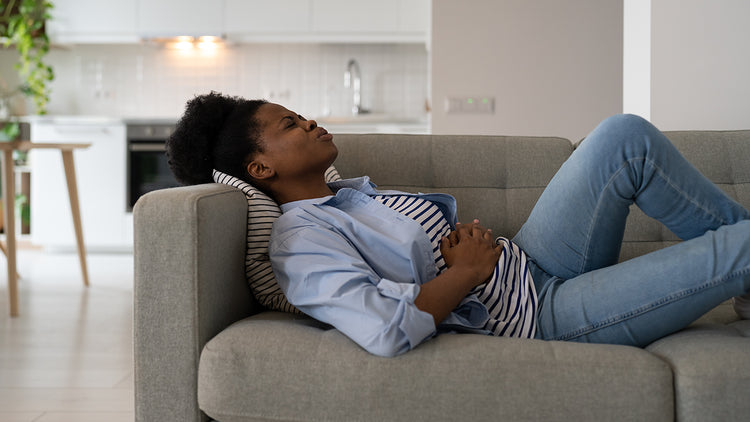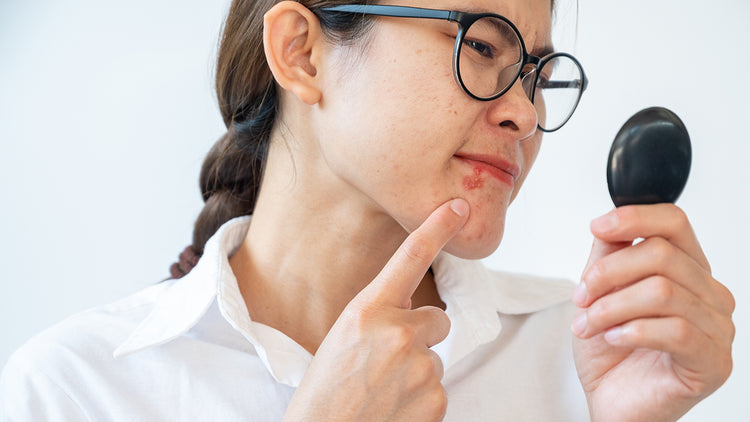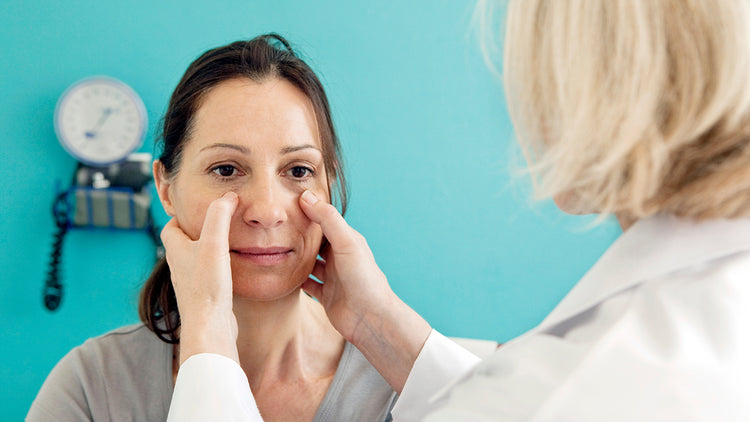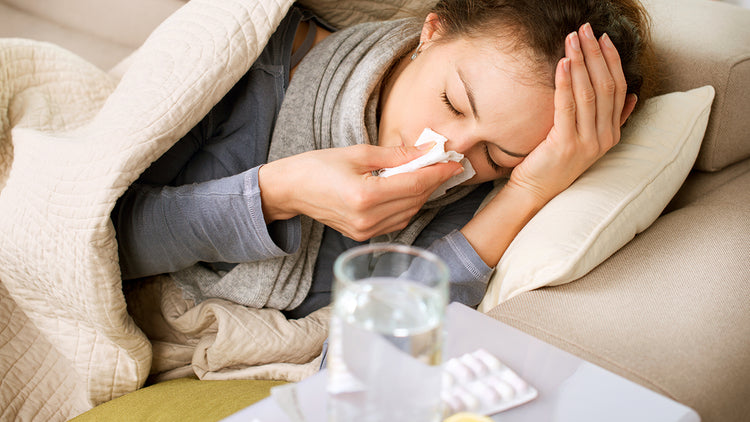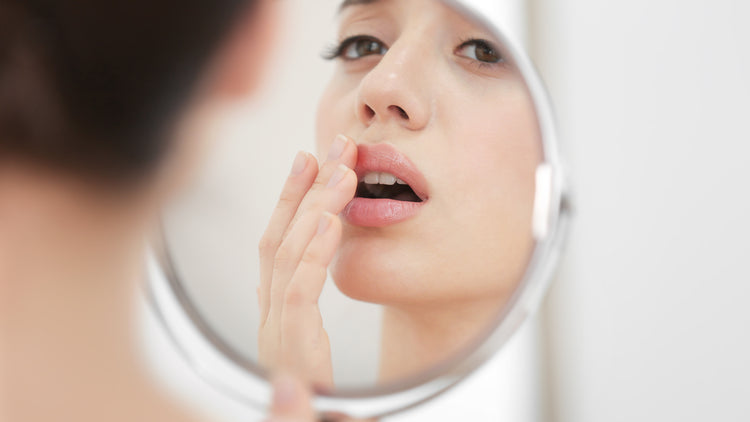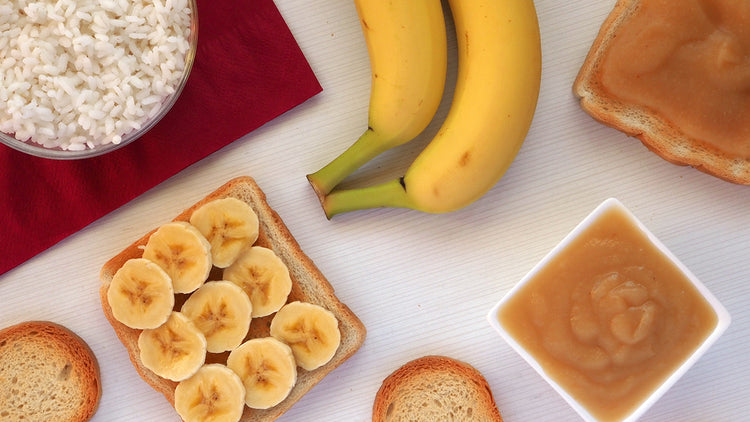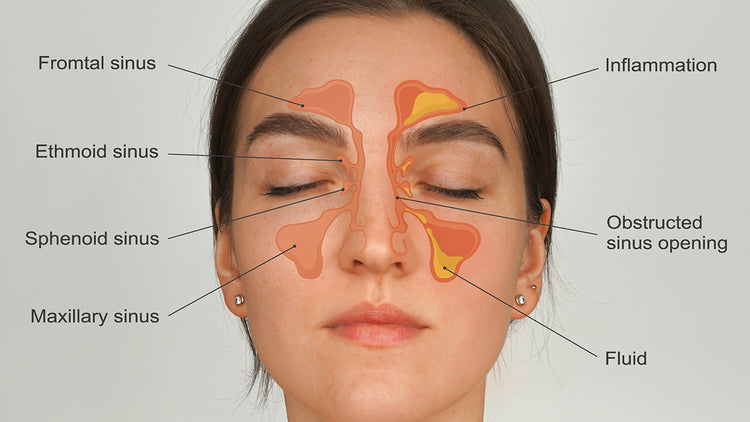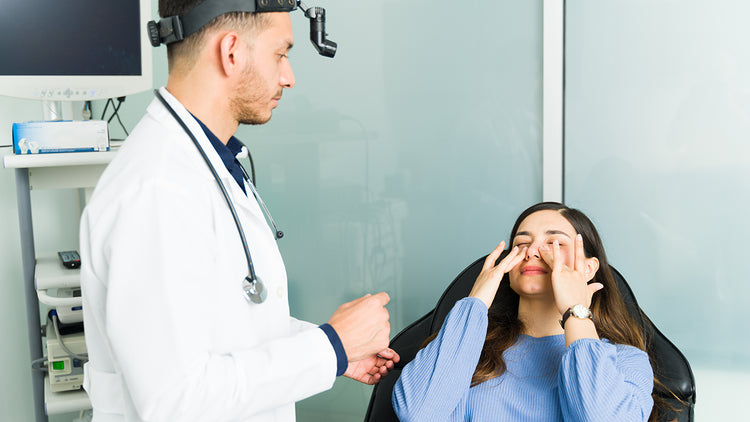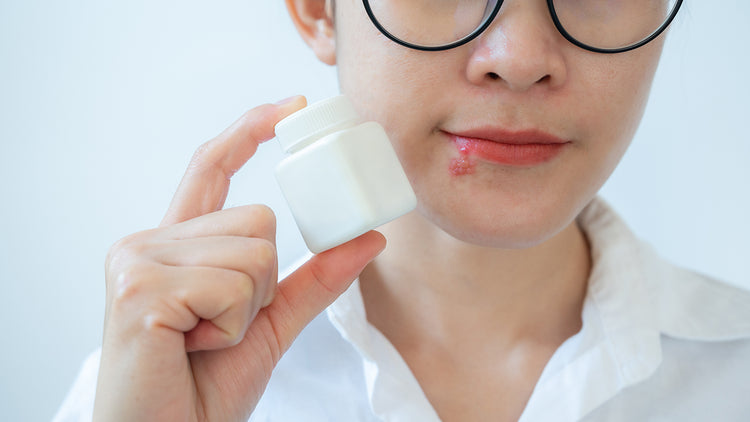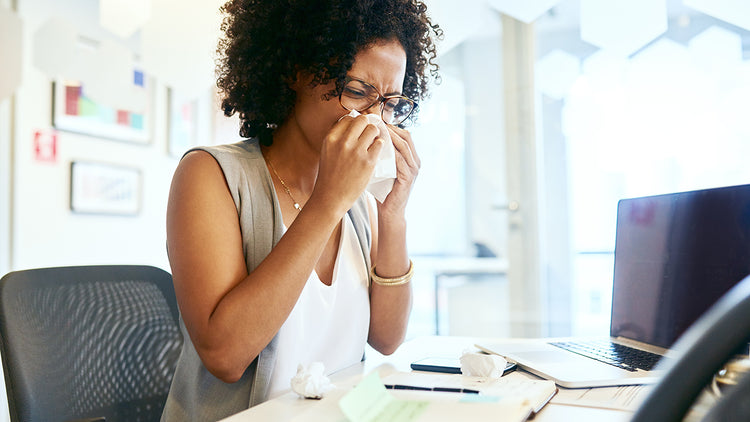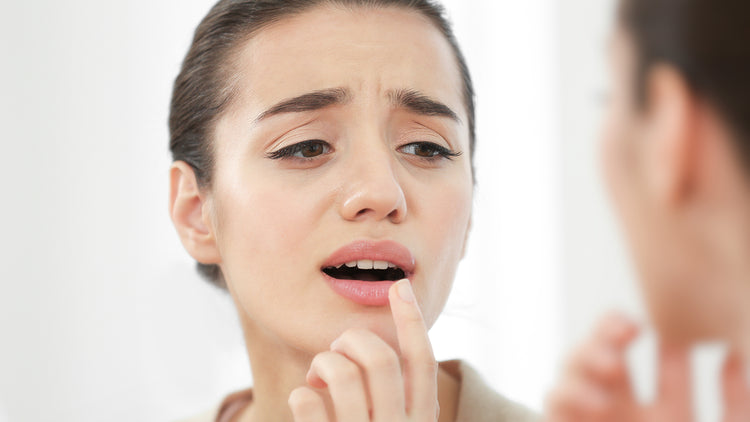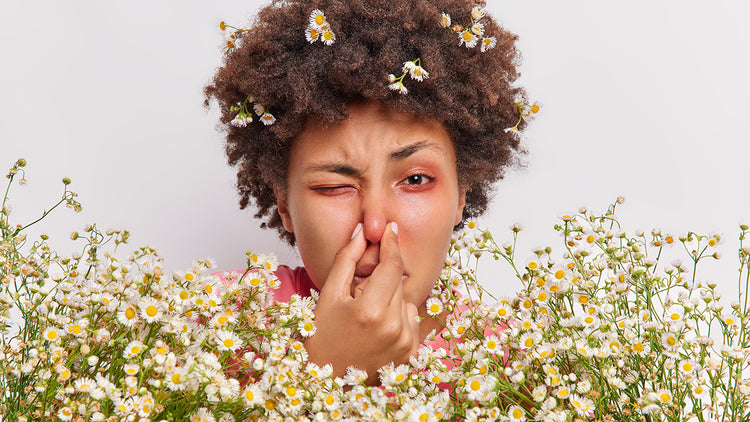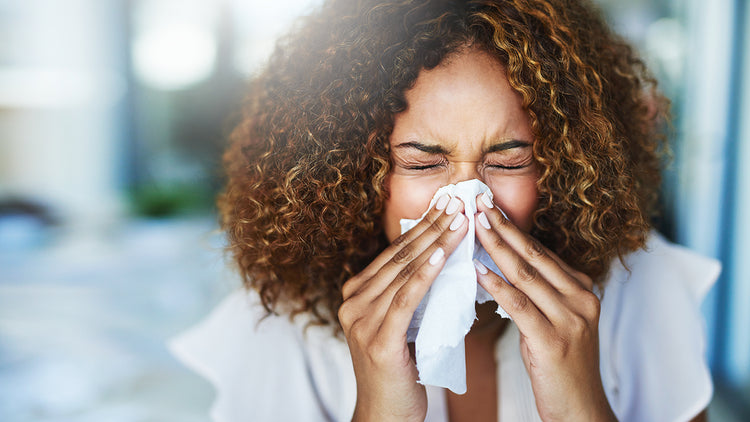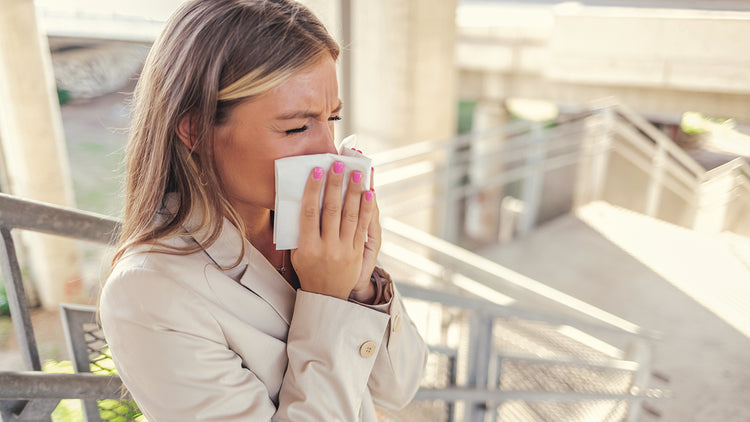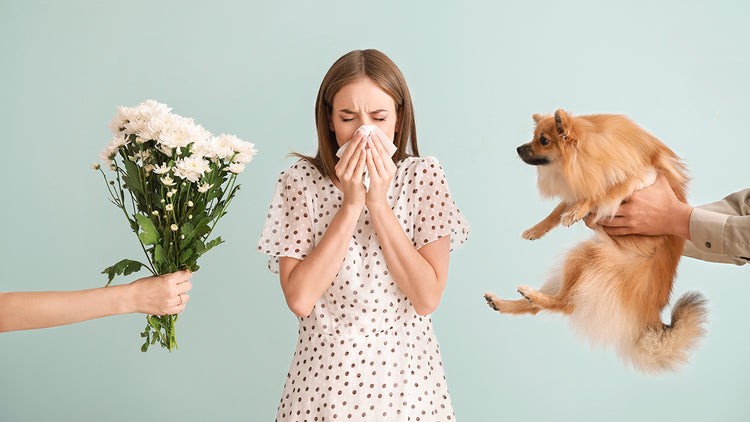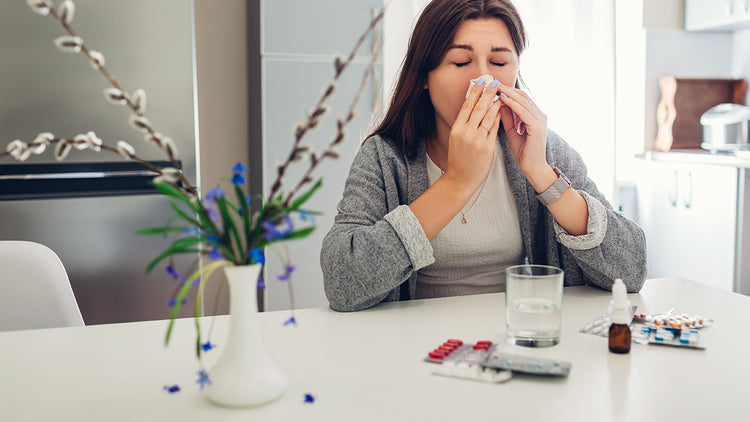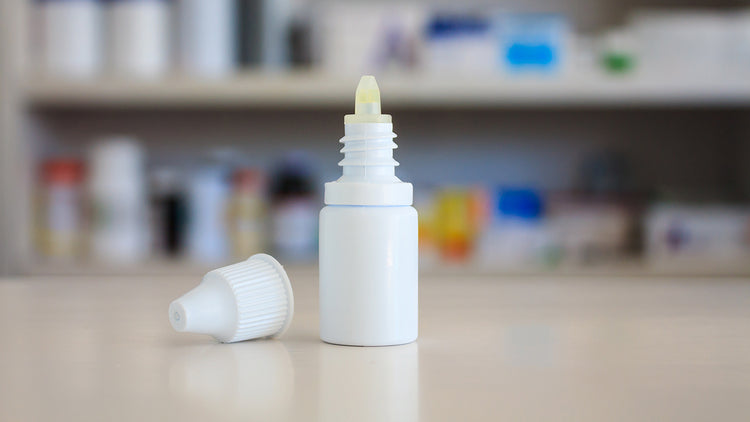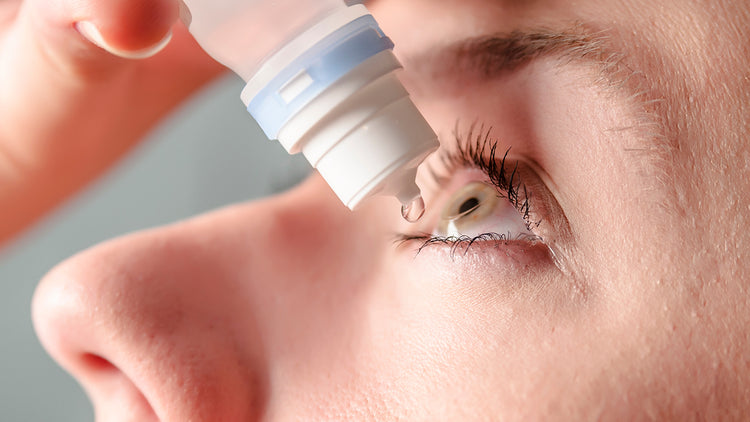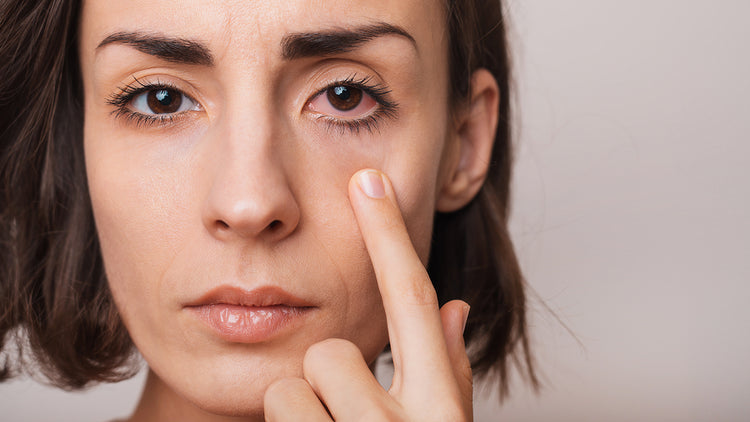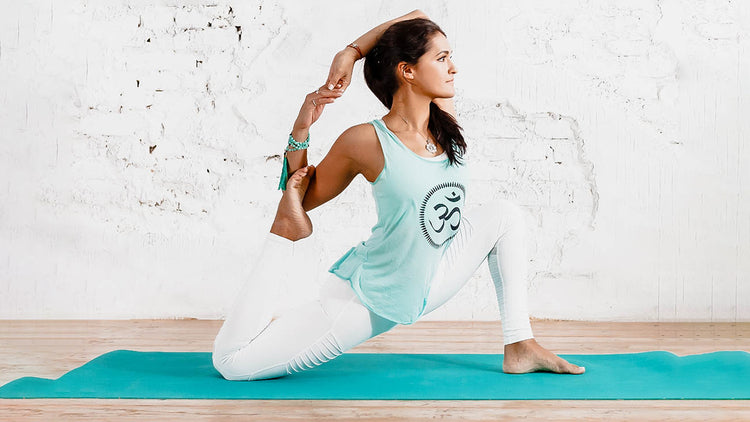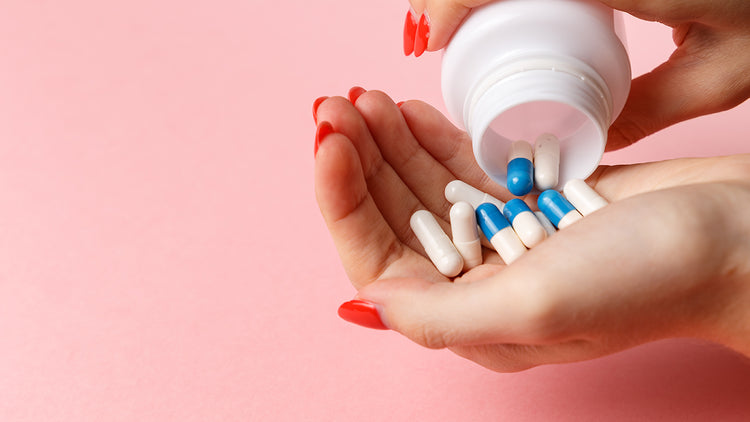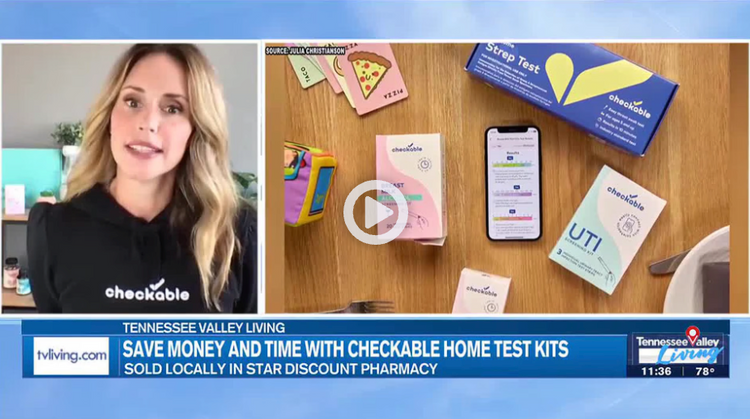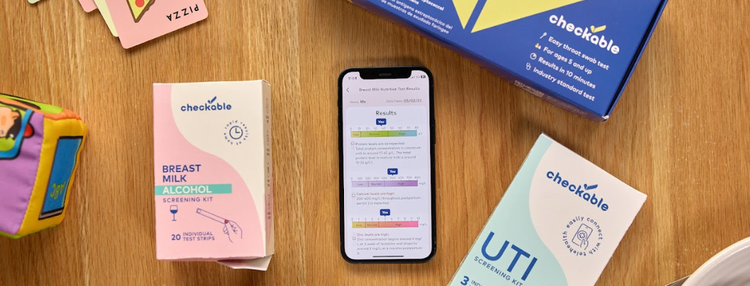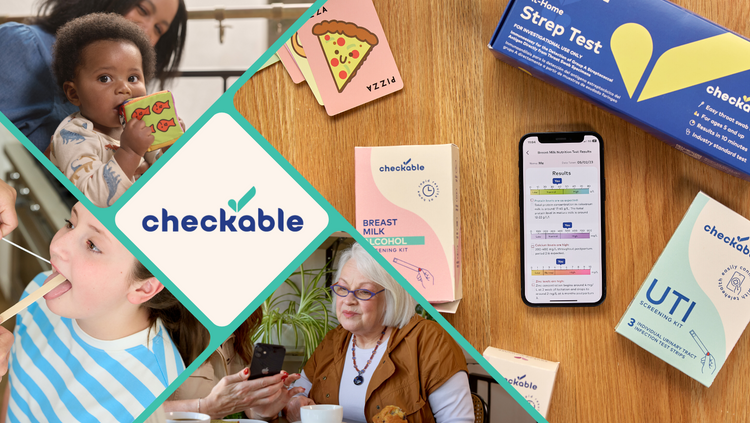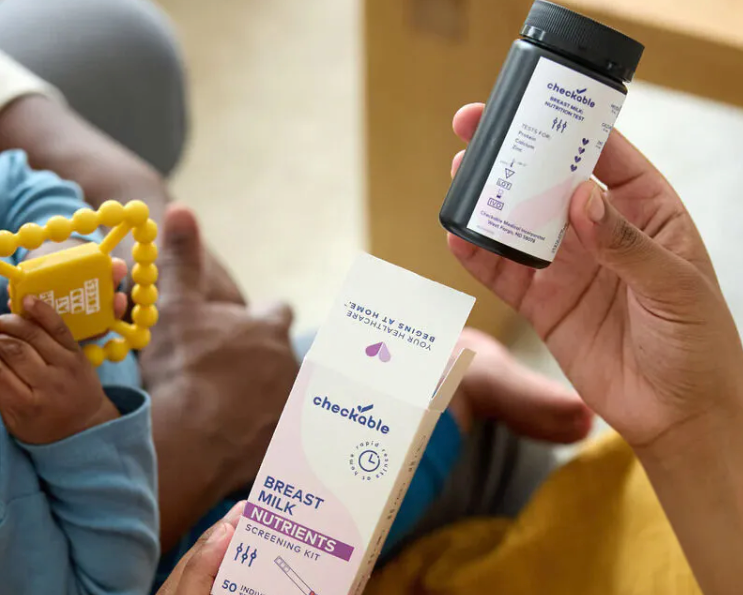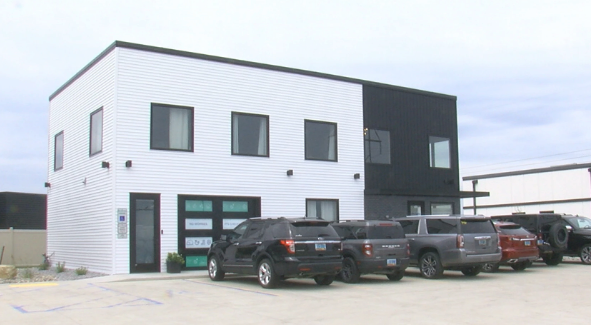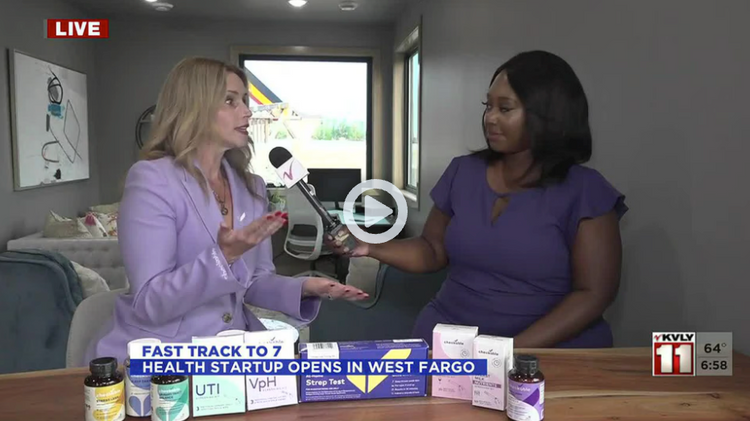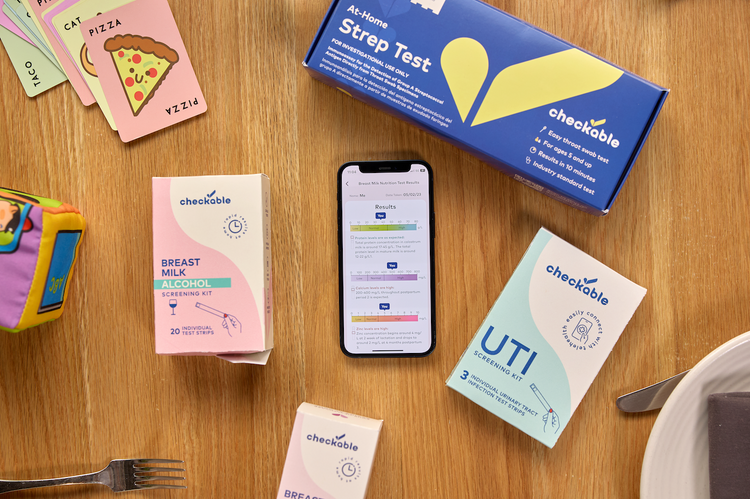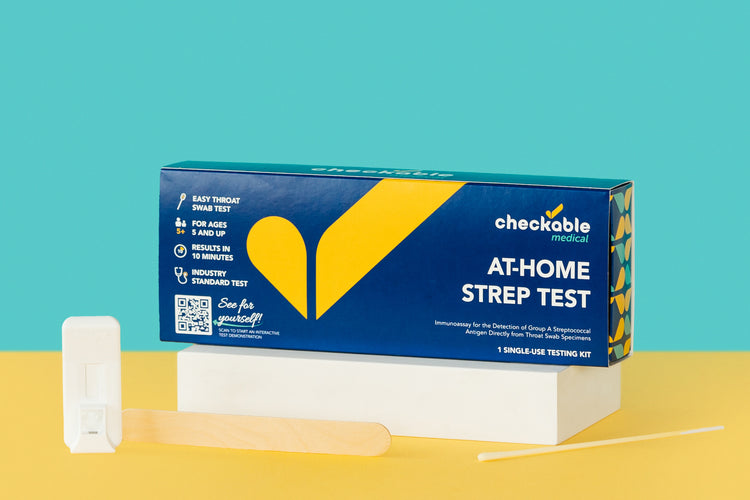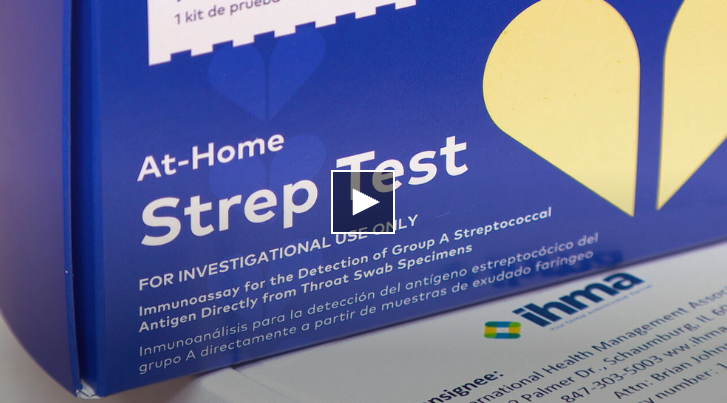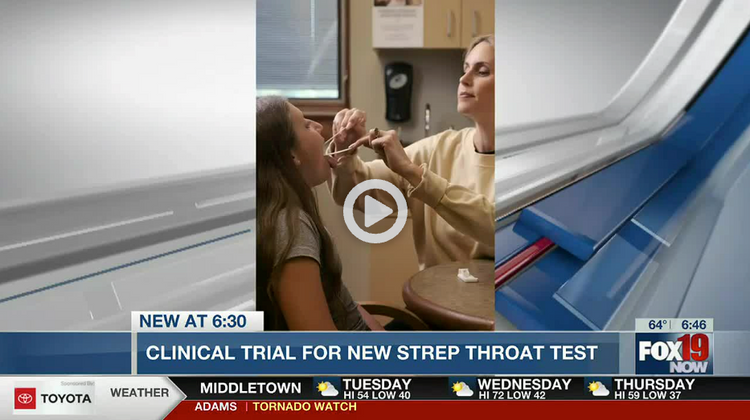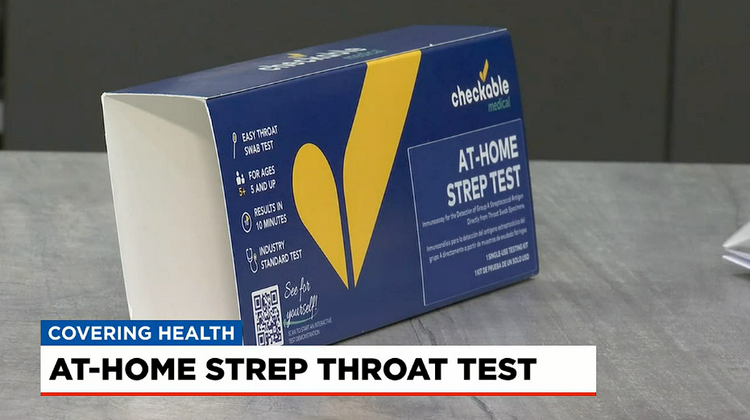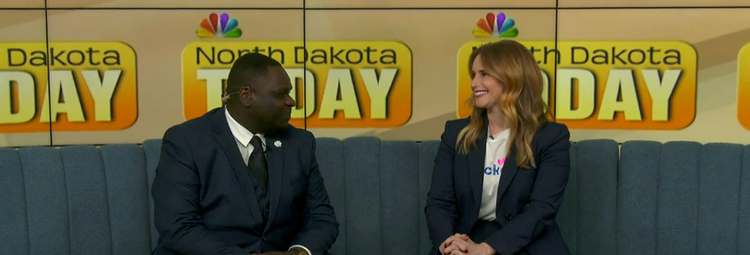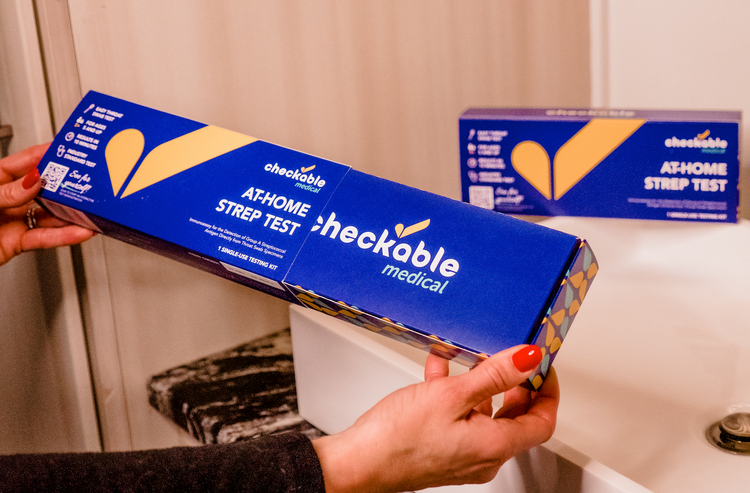
Whether you live in the north, south, east, or west, forecasters are calling for a hotter-than-average summer, and there is no better way to spend a sweltering summer day than in a lake, ocean, or pool. But before you head out to the water for some summer fun, take the time to review the most important safety tips to keep you and your loved ones safe this summer.
Monitor kids at all times around water
Kids need constant supervision in the water, no matter how shallow or experienced the swimmer is. Never let kids swim alone. Use the buddy system! In the water, stay within arm’s length of your little ones or weak swimmers. Drowning can happen silently, and kids can drown in the time it takes to reply to a text or reapply sunscreen. And as much as we see drowning portrayed as loud thrashing in the movies and on TV, in real life, it’s often silent. Be on the lookout for these signs of drowning:
- Head tilted back: The victim will tilt their head back to attempt to get air and breathe
- Mouth at water level: A drowning victim is trying to keep their mouth at water level to get air but has no time to yell for help because they are barely able to take in air.
- No waving for help: by trying to keep their mouth and nose out of the water, they are pressing their arms down so they can’t raise them up out of the water to wave for help.
- Body upright but not kicking: The victim will stay upright in the water because of their arms pressing down on the water, but there is usually no supporting kicking.
Wear lifejackets
Everyone should wear US Coast Guard-approved personal floatation devices (PFDs) whenever they’re on a boat. It’s estimated that 90% of boating-related drowning deaths were not wearing PFDs. Make sure your child’s life vest fits properly and is rated for their weight. They can be worn while swimming but should not be relied upon as a substitute for supervision in a lake or pool.
Take proper precautions around the pool
Having a pool or hot tub at home can be great, but it can also be a dangerous place for kids. The Red Cross states that 69% of kids who drown were not expected to be in or near the water. Ways you can reduce your risk:
- Install appropriate child-proof barriers
- Never leave your child unsupervised near the water, even for a moment
- Make sure you have rescue equipment and a phone with emergency numbers posted near the pool
- Install anti-entrapment drain covers and safety release systems to protect against drain entrapment.
- Learn infant and child CPR
- If a child is missing, check the water first
- No diving in 9 feet of water or less
- Remove all floaties and pool toys from the pool when not in use
Quick water safety tips to keep summer fun
- Don’t dive into water you don’t know the depth of. Water should be over 9 feet deep to dive safely.
- Skip the breath-holding games; these are just dangerous, especially in the water.
- Know your body’s limits and don’t push past them
- Stay out of lakes with algae - blue-green algae can cause severe illness or death
- Stay away from the pool filters! They have strong suction and are dangerous
- Sign up for swimming lessons









